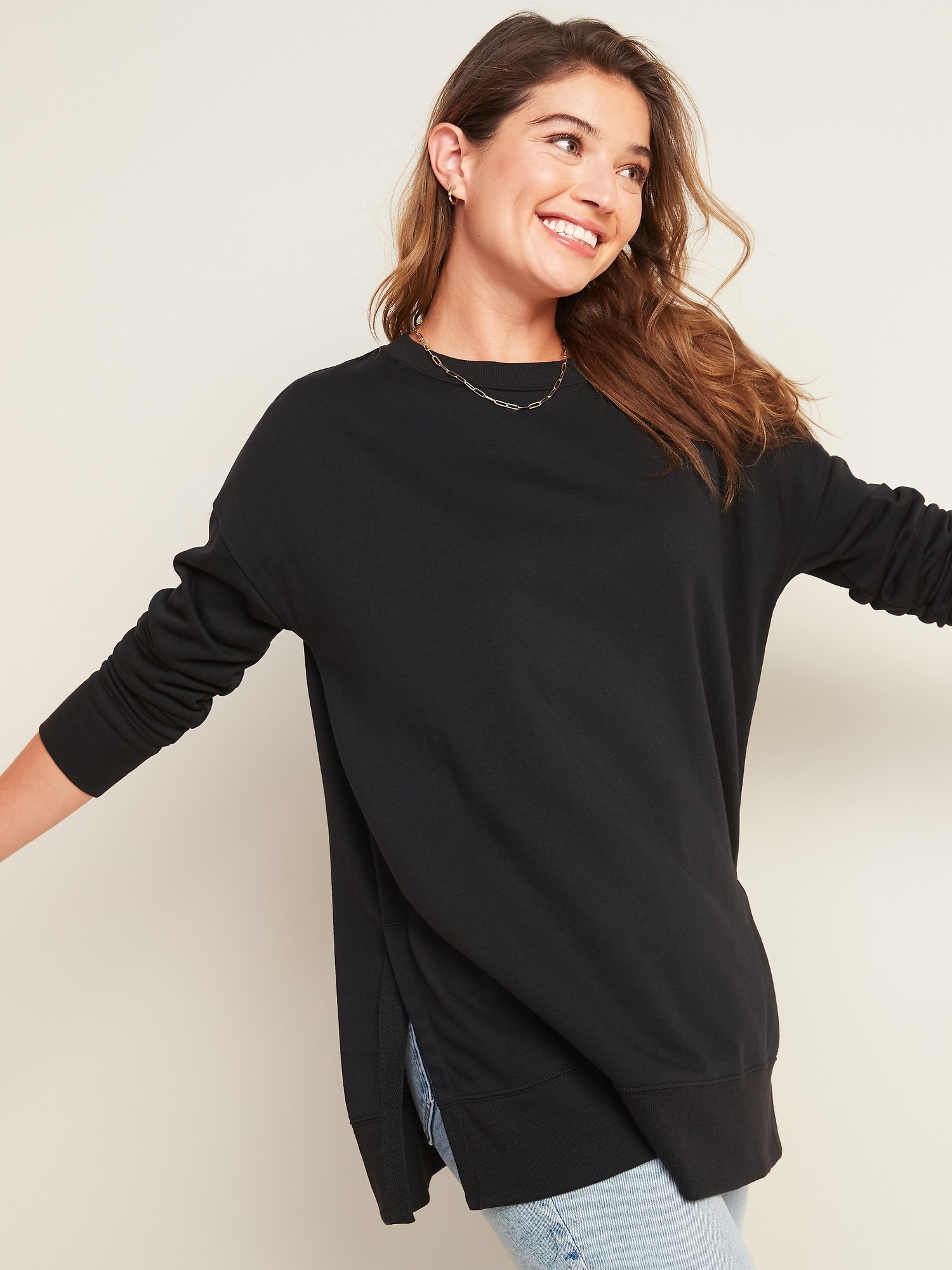Things to Consider When Picking the best Sweatshirt

Sweatshirts are long-sleeved, pullover shirts that are typically made of thick cotton cloth. They are generally worn casually, and are not as formal as sweaters or cardigans. They might not come with a Hood. If you're interested in buying a sweatshirt, here are some suggestions:
Norma Kamali sparked the appeal of sweatshirts
Since the late '70s the Norma Kamali brand has transformed the basic sweatshirt into a work of art. Her designs are now an integral part of almost all women's wardrobes. Her distinctive styles vary from a tummy-tucking crew neckline to leather-paneled sweatshirts. Her clothing is also designed in unusual designs, like an oversized tank top that has a long trumpet skirt.
A collaboration between the designer and sweatshirt manufacturer Everlast resulted in her Timeless line, which became a huge hit when it appeared in Spiegel's spring 2006 catalog. The collection offered convertible and interchangeable knits with classic designs and a lot of pieces were priced under $20. Even even if Kamali's Timeless collection wasn't available in stores, fans were able to find the items through eBay as well as Poshmark.
Merino wool sweatshirts are more comfortable than sweatshirts with soft fabrics.
Merino wool is renowned for its moisture-wicking capabilities which help to keep you comfortable and dry. Merino wool is an organic fiber that also has a smoother feel. It also drys quickly when compared with other natural materials. In addition, it is a sustainable resource. The merino sheep shed coats every year and regrow new coats.
The warmth-to-weight ratio of merino wool makes it popular for sweatshirts. sweat shirts aids in controlling body temperature thanks to its natural loft, which retains heat in the fibers. This is the reason Merino wool sweatshirts work great for summer and outdoor activities like hiking, mountain biking and running. The warmth they offer helps keep the wearer comfortable and dry. This is crucial when working out.
Zip-front hoodies come with a kangaroo pocket
Kangaroo pocket hoodies are a popular style of hoodies. These hoodies feature a huge pocket at the front that keeps your hands warm during cold days. They're also more practical than traditional pockets, since they allow your hands to slide in and out easily.

Kangaroo pockets are typically large enough to accommodate a wallet or some other personal items. They are commonly large enough to accommodate the palm of a hand that is small and are wide enough to fit two hands. They feature wide openings on either side and make them ideal for carrying small objects.
French terry fabric is a well-loved fabric for sweatshirts.
The French Terry fabric is constructed of soft yarns that are knit into loops and is typically midweight. It is also known for its ability to wick away moisture and is already pre-shrunk. French Terry is a fantastic option for sweatshirts since it is warm when you're in need and helps keep you cool when you're trying to cool off.
Go here is also a popular choice for loungewearbecause it is stretchy enough and has enough flexibility to feel comfortable against your skin. It also allows enough air to circulate through the fabric, which makes it ideal for layering under other clothing. In addition, because it's lighter than most sweatshirts , you can wear it all through the year without feeling too warm or cold.
Hoodies have classist connotations
Although it might appear that hoodies are just an appropriate attire item for working class people but the truth is that they are a symbol of class. Hoodies were first seen in the 1970s in New York, where graffiti artists would wear them to conceal their identities. In 1976, hoodies made their major appearance in the film "Rocky," when the working-class title character wore grey sweats with hoods during his famous climb up the steps of the Philadelphia Museum of Art.
Hoodies are often linked to death, destruction and other negative things, and yet they also serve practical purposes. For example, monks and priests can wear hoods to demonstrate modesty and inward focus.
